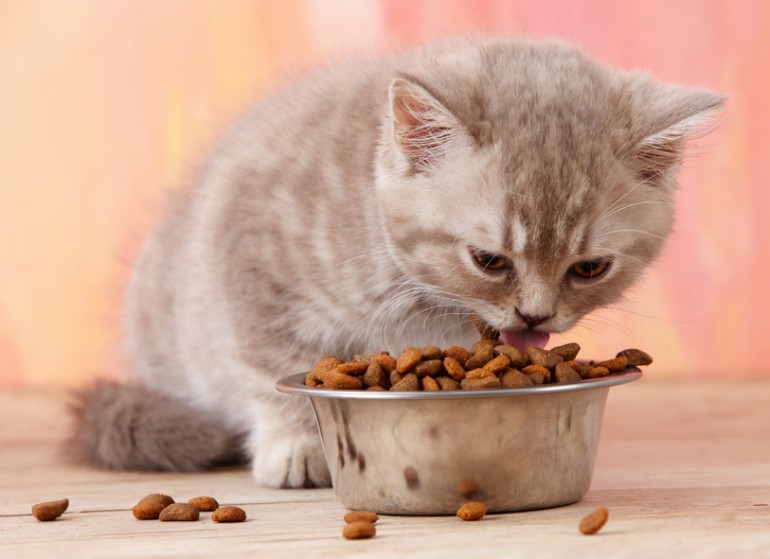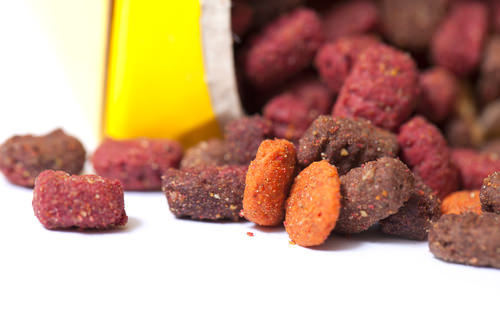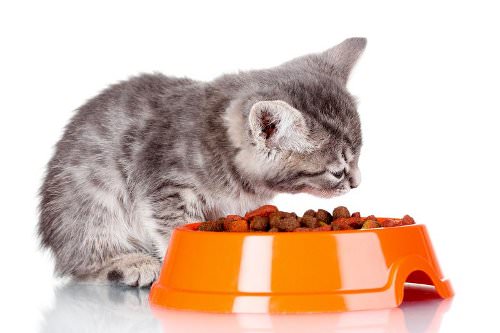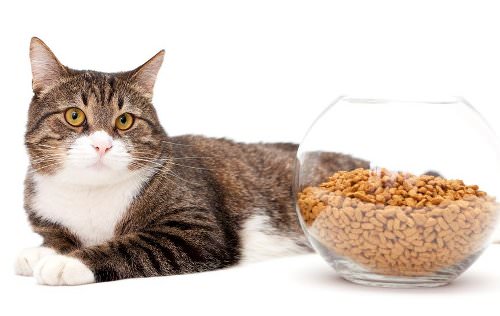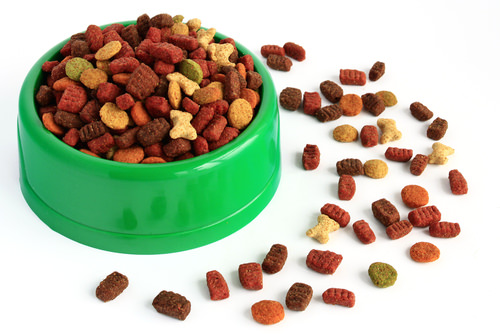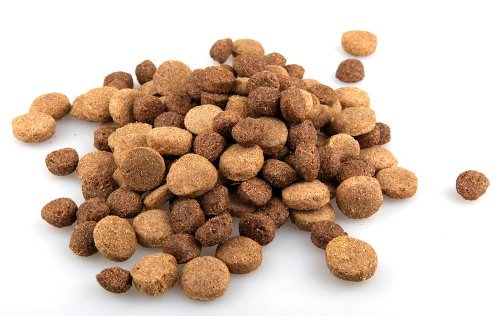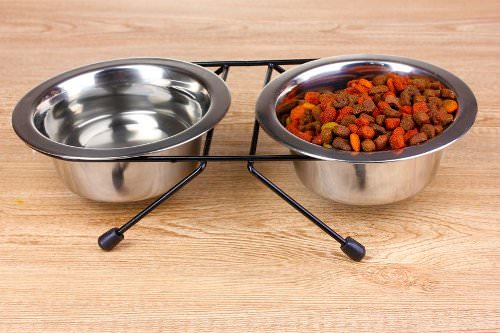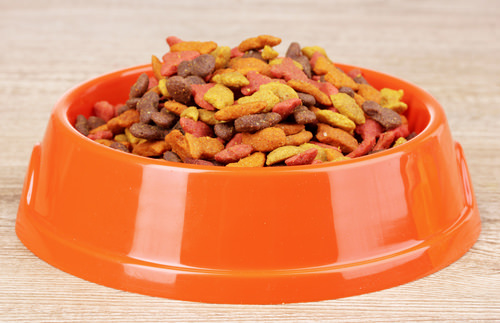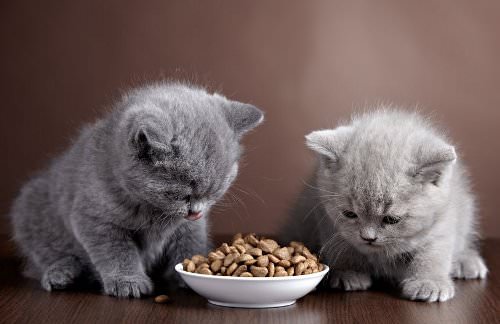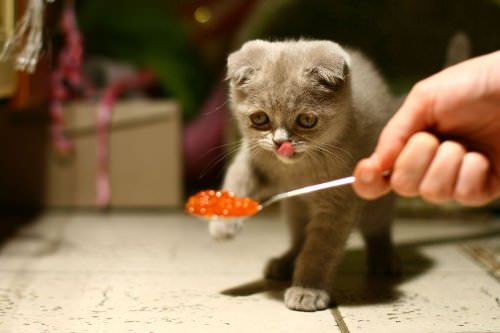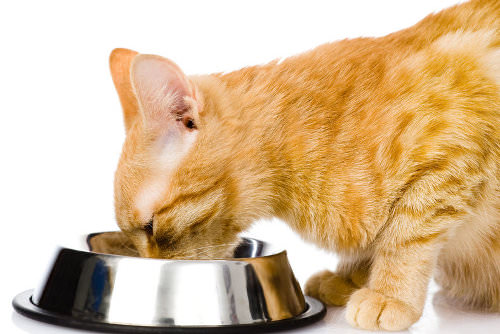Picking a cat food brand for your little pet can sound simple – it requires nothing more than a trip to the pet food aisle at the supermarket. When you get there, though, you’ll likely face 8-foot stacks of cat food from dozens of brands.
Which should you get? What should you look for when you compare one brand with another? Here are a few important things to know when choosing cat food.
1. You need to first learn to read the label
Pet food is regulated by the government the way human food is. The statements made on the labels on pet food packages follow the requirements of the law.
More: 10 Table Foods Pets Shouldn’t Eat
Look for the following when you compare one brand against another.
- You should look for the statement of intent on the label and make sure that the food you pick is specifically made for cats.
- By law, the ingredients included in a pet food package need to be declared in decreasing order of weight. Since meat tends to have considerable moisture content, it usually appears at the top of the list on any package that contains moist pet food. A package of dry cat food with the same ingredients as a package of moist cat food would need to list its ingredients in a different order. When you compare two different brands, you need to keep in mind whether they are both foods in the same category – moist or dry.
2. Make sure that you know what you’re getting – cat food or kitten food
The label on every pet food package comes with a nutritional adequacy statement – it tells you if the product can offer complete and balanced nutrition for your pet on its own. A nutritional adequacy statement can only make sense when read in conjunction with information about the life stage that the product in question is designed for.
Food that’s designed for kittens, for instance, won’t do for normal adult cats, breeding cats or very old cats. You need to make sure you get the right kind.
Read also – 8 Surprises for Your Pet’s Birthday
3. If you have an elderly cat, you should look for special food or make food at home
An elderly cat with health difficulties may have special needs. Rather than risk putting harmful matter from mass-produced cat food in its system, it could be a good idea to handpick the ingredients that the vet recommends and use those at home.
Read also – Top 8 Common Pet-Owner Mistakes
4. It makes no sense simply buying a brand for what it says on the front of the box
The statements made on the front of any pet food package use a special format governed by the law.
- By law, a package that uses the term Fish cat food, Chicken cat food, or Beef cat food needs to contain at least 95% of the ingredients stated.
- Fish cat food is not the same as Cat food with fish. If a label follows thewith format, the product only needs to have 3% of the ingredient named.
- Cat food packages that contain multiple ingredients need to have the most of whatever ingredient is listed first. All put together, though, the ingredients should make up 95% of the product by weight. For instance, a product with the term Chicken, Fish, and Beef cat food on the label should have more chicken than fish or beef. All put together; the three ingredients should make up 95% of the contents of the package.
- The cat food product with the terms of Dinner, Formula, Platter or Entrée on the label are inferior to products without those qualifiers. A product that’s called Beef cat dinner, for instance, is only legally required to contain between 25% and 95% of the ingredient listed.
Read also – 7 Most Common Myths about Cats
5. Study the ingredients list to see where on the list the main ingredient stands
Meat: When a label uses the term Meat, it indicates the use of fleshy parts of the animal stated, not including the vital organs or the intestines.
Meat byproduct: This term indicates the use of the vital organs with no bones, horns, or teeth.
Meal: This is tissue that’s finely ground up.
Bone meal: This is ground-up bone.
Read also – 7 Easy Ways to Keep a Cat Healthy
6. You should care more about the nutritional value in a product rather than the ingredients included
The ingredients list on the label on a cat food package doesn’t tell you as much about its appropriateness as food for your cat as the guaranteed analysis part of the label does. The Guaranteed analysis part of the label tells you if the contents give your cat all it needs to live and thrive.
Studying the guaranteed analysis on the label can help you quickly compare cat food brands and arrive at the best choice without getting lost in the details.
Read also – 8 ‘People’ Foods Your Cat Can Eat Too
7. Don’t worry about the preservatives
Preservatives in pet food make sure that it doesn’t go bad and sicken your pet. While some experts suspect that preservatives can cause cancer, these claims haven’t been proven yet.
Generally, you should feel safer picking a product with preservatives listed on the label rather than one that carries the term preservative-free.
Read also – 9 Exotic Cat Breeds You May Have Never Seen Before
8. You should probably not buy organic cat food
No specific standards exist for organic pet food at this point. If a brand claims to be organic, it could mean anything. At this point, it doesn’t make sense to pay extra for organic cat food.
Read also – 10 Best Cat Breeds for Children
9. Natural cat food isn’t the same thing as organic cat food
Many buyers looking for natural cat food believe it to be organic. This isn’t true, though. Pet food that’s claimed to be natural contains no artificial coloring or preservative. The term natural pet food isn’t standardized when used to describe pet food, though. It is best not to pay extra for such pet food.
Read also – 7 Effective Tips for Fighting Cat Odor in Your Home
10. Premium or ultra-premium cat food may be a waste of money
The government has no rules or quality checks in place for the terms premium or ultra-premium. The manufacturer may or may not use better ingredients.
Do you have any tips for choosing cat food? Share them with us, please.

